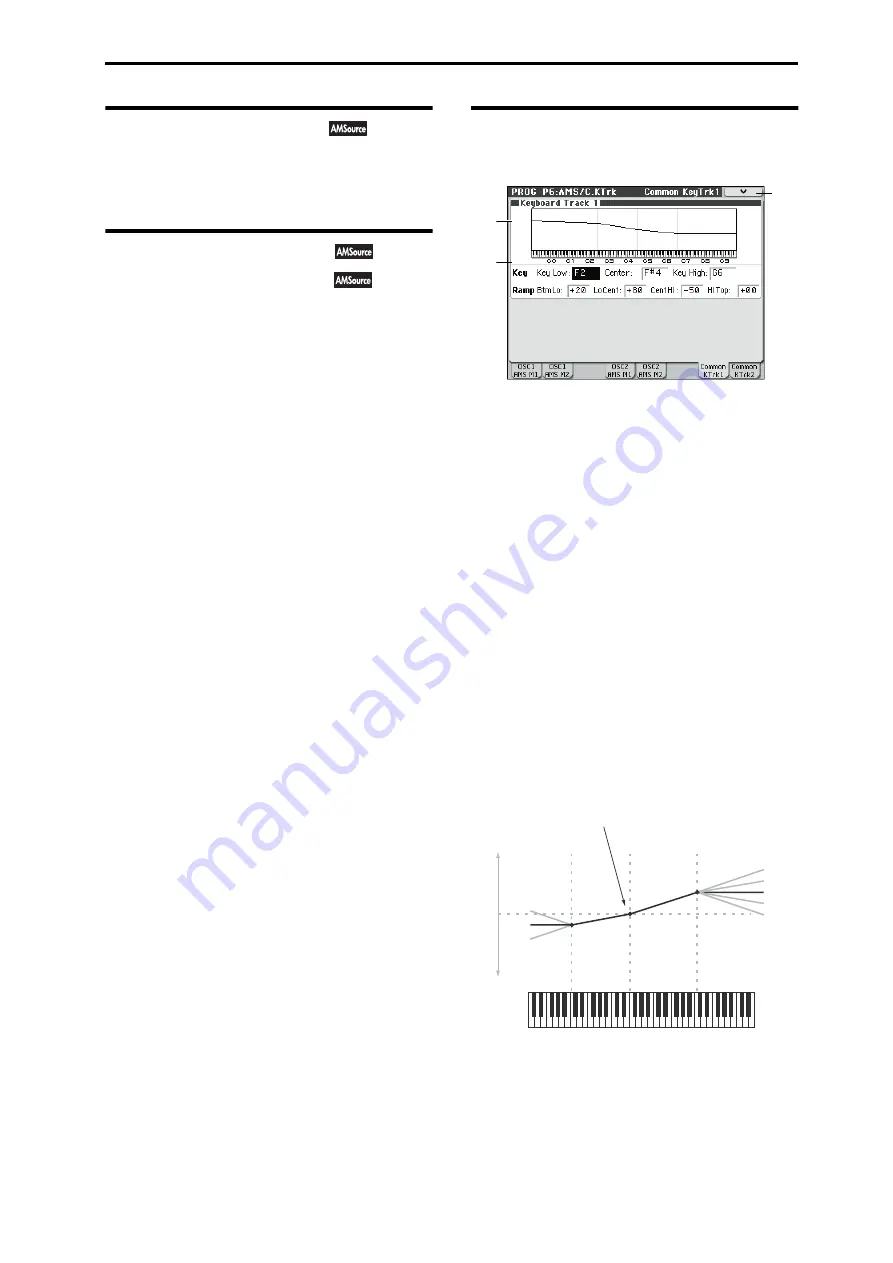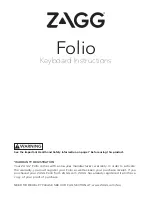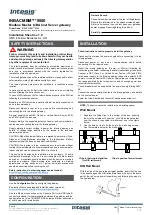
PROG P6: AMS/C.KTrk (AMS Mixer/Common Keyboard Track) 6–2: OSC1 AMS Mix2
57
6–2: OSC1 AMS Mix2
This is the second AMS Mixer for Oscillator 1. The
parameters are exactly the same as those for AMS Mixer 1,
as described under “6–1a: AMS Mixer 1” on page 52.
6–4: OSC 2 AMS Mix1
,
6–5: OSC 2 AMS Mix2
This page controls the two AMS Mixers for Oscillator 2.
These are available only when the
Oscillator Mode
is set to
Double
; if not, the page will be grayed out.
The parameters are identical to those for Oscillator 1, as
described under “6–1: OSC1 AMS Mix1,” on page 52.
6–7: Common KeyTrk 1
(Common Keyboard Track 1)
The two Oscillators share two Common keyboard tracking
generators, in addition to each Oscillator’s dedicated
keyboard tracking for the Filter and Amp. You can use these
Common keytracks as AMS sources for modulating most
AMS destinations.
The Common Keyboard Track parameters are shared by the
entire Program, but the actual AMS values are calculated
individually for each voice.
What does Keyboard Tracking do?
At its most basic, keyboard tracking lets you vary the
modulation amount as you play up and down the keyboard.
This can be useful for making the timbre consistent across
the entire range, or adjusting parameters according to pitch.
The M50 keyboard tracking can be fairly complex, if desired.
You can create different rates of change over up to four
different parts of the keyboard. For instance, you can:
• Make the modulation increase very quickly over the
middle of the keyboard, and then increase more slowly–
or not at all–in the higher octaves.
• Make the modulation increase as you play lower on the
keyboard.
• Create abrupt changes at certain keys, for split-like
effects.
Common Keyboard Tracking
How it works: Keys and Ramps
The keyboard tracking works by creating four ramps, or
slopes, between five keys on the keyboard. The bottom and
top keys are fixed at the bottom and top of the MIDI range,
respectively. You can set the other three keys–named
Low
Break
,
Center
, and
High Break
–to be anywhere in between.
The four Ramp values control the rate of change between
each pair of keys. For instance, if the
Low-Center
Ramp is
6–7a
6–7b
6–7
Menu
Low Break
Center
High Break
+99
+50
00
–50
–99
Ramp:
+99
+99
–99
0
–99
Ramp:
AMS
AMS
Ramp = +99
Ramp = –50
At the Center Key, the AMS value is always 0.
Summary of Contents for M50-73
Page 1: ...2 E Parameter Guide ...
Page 86: ...Program mode 78 ...
Page 132: ...Combination mode 124 ...
Page 222: ...Sequencer mode 214 ...
Page 297: ...Effect Mixer Block Diagrams Main Outputs 289 ...
Page 418: ...Appendices 410 ...
















































